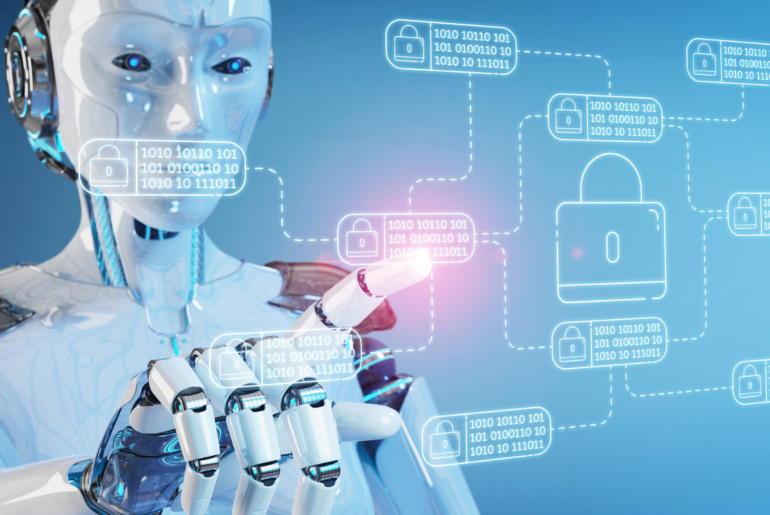Generative AI has taken the technology world by storm. But is your company thinking about the potential data and security risks?
While we’ve discussed the disruptive power that artificial intelligence (AI) applications bring to enterprise organizations, the truth is that AI adoption is still low for these businesses. However, adoption level is at a tipping point; investment in AI has tripled, and recent technical innovations promise to make AI not just an underlying technology capability, but a fundamental business tool. Here are just three of the technical innovations that enterprises can use to better leverage the disruptive power of AI:
As artificial intelligence’s (AI’s) potential grows, so does the need for a cohesive AI strategy to leverage AI to prioritize and execute the enterprise’s goals. Aside from articulating business goals and mapping out the ways organizations can use AI to achieve those goals, there is another extremely important element that every AI strategy needs: a code of ethics.
For companies that are committed to creating Digital Transformation (DX) within their organizations, artificial intelligence (AI) is a critical component. The data that is created in DX initiatives has limited value if an organization can’t extract valuable, accurate, and timely insights from it. That’s why enterprise organizations are using AI technologies to pull actionable value from its data; in fact, by the end of 2019, 40% of all DX initiatives will be related to AI.
AI is at the heart of digital disruption; By end of 2019, 40% of DX initiatives will use AI services and AI will be the technology that will propel DX. By 2021, 75% of commercial applications will use AI; By 2022, 75% of IT Ops will be enabled by AI; by 2024, By 2024, AI-enabled interfaces will replace 30% of today’s screen-based applications; By 2024, 7% rise in AI-based automation will drive new wave of business processes.




